A Witch, a Troll, a Baby and… Self-Regulation???
I was recently chatting with the parent of one of my daughter’s long-ago preschool buddies. Suddenly, I flashed on our two girls gleefully singing their favorite song together. They sang it over and over…while they played, as we were driving in the car, outside. Thanks to the magic of Google and YouTube, I found the long-forgotten, pre-internet song by searching for just the giggle-provoking refrain: “Goo goo ga ga coochie coochie coo.”
While it doesn’t have a lot to do with fairytales, except for mention of a few stock characters like a witch and a troll, it resonates with my thinking about the ordinary magic of resilience…a concept that was not much discussed in the 90s when my kids were young. And I wondered if it was this underlying message that, like the messages in age-old fairytales, made it such a hit with the girls, too.
Have a listen.
The beginning measures are spooky and then suddenly: a witch! How often have parents and teachers told me that they avoid the scary because young children can’t handle it? And, indeed, this is often a reason given for not including the magic of fairytales in story time.
Yet here is a popular children’s musician weaving his musical tale around this touch of the unknown, to the delight of at least these two, and, one would guess, thousands of other children over the last three decades.
Like fairytales, and often children’s make-believe play, the song offers what influential Russian developmentalist Lev Vygotsky called “doubleness,” the co-occurrence of two very different emotions. There is a tinge of “fear,” combined with the joy of both the bouncy rhythm… and the reaffirming message that the baby saves the day.
Children have to self-regulate their slight discomfort with the possibility of witches and trolls gobbling everyone up to get to the good stuff:
a song about a “cool baby” hero that they can laugh about and delight in with their friends. And their self-regulation has to gently work double-time: if they become overcome with giggles at the silly chorus, they miss out on the delicious shiver of anticipation they get when the song returns to the next fearsome visitor.
Young children need to develop self-regulation, a protective factor for resilience and the #1 component to school and life success. What better way to offer them practice in self-regulating than a song that invites them to move their bodies (which they also have to regulate!) as they sing a story where the youngest and most vulnerable overcomes (and converts!) a cast of bad guys by keeping cool and doing what comes naturally. If that’s not a message of resilience, I don’t know what is!

